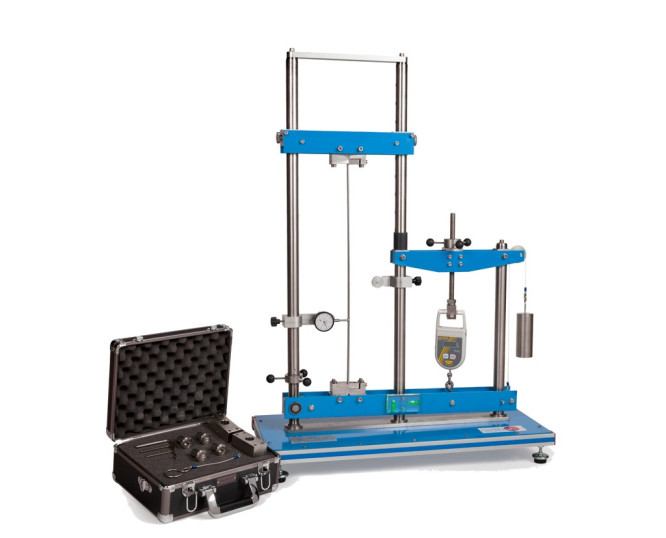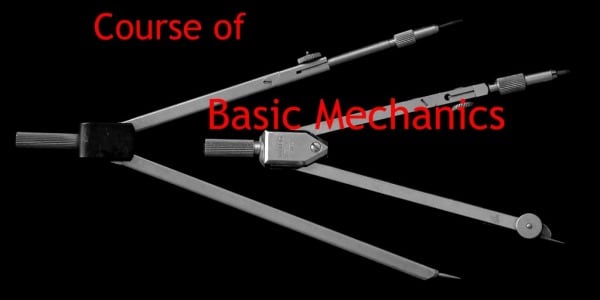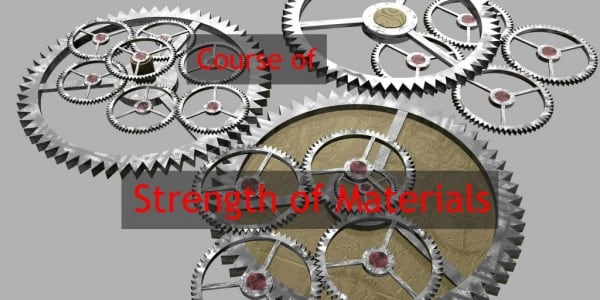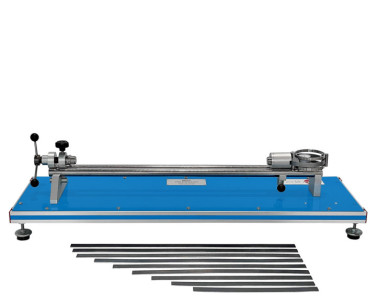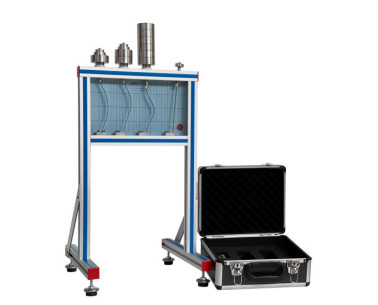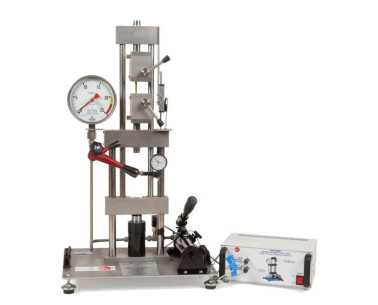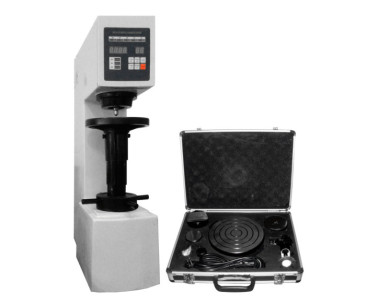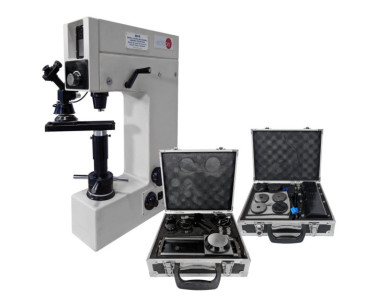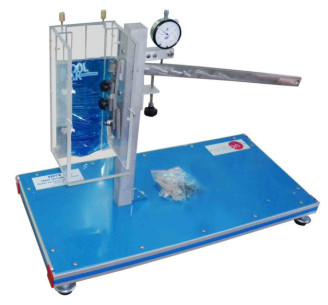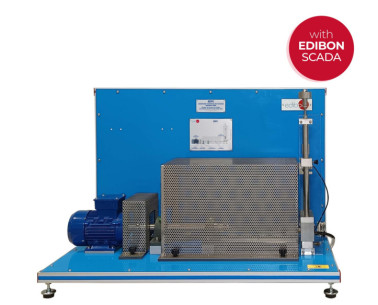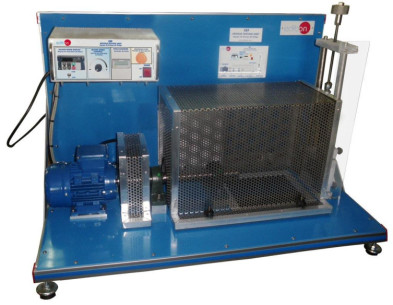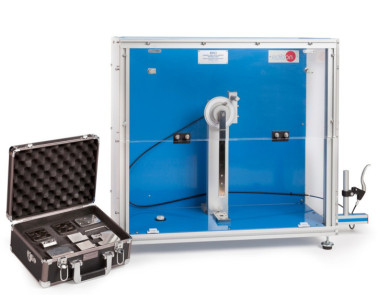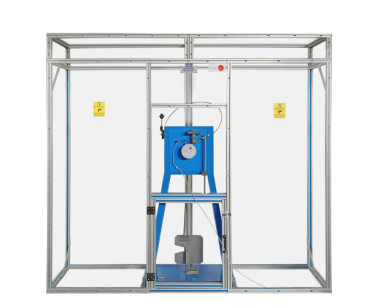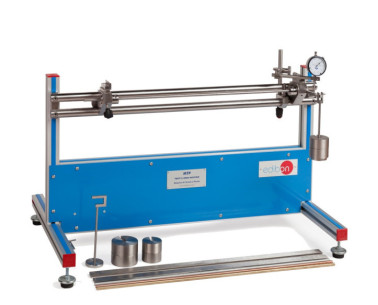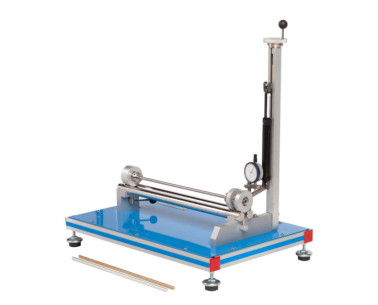MUP Equipamento Universal de Flambagem
SISTEMAS INOVADORES
The Universal Buckling Unit "MUP" is a unit designed by EDIBON to demonstrate the concept of buckling for struts, that allow to determine experimentally the relation between the buckling load and the methods of support of the test bars, different thickness and different shapes of the test bars.
Expansões
LABORATÓRIOS
NOTÍCIAS RELACIONADAS
Descrição Geral
The Universal Buckling Unit "MUP" is a bench-top unit whose frame is made of anodized aluminum profiles and plates and steel elements, on which a bubble level is installed to equilibrate the system.
The unit has been designed to carry out tests with different lengths and different methods of support:
- Both ends pinned.
- Both ends fixed.
- One end fixed and the other pinned.
This unit is designed to work with two types of bars: of circular section and rectangular section. Therefore, the experiments can be carried out according to the different methods of support and different lengths, between 400 mm and 800 mm.
The unit has a regulation nut which, together with a bubble level, will allow to equilibrate the horizontal lower supports, all that after having subjected the system to compression.
It has an accessory to create the instability of the system to study, which consists of a pulley and its support to hang a masses. This accessory can change the disturbing force which acts on a vertical bar subjected to compression.
A digital balance installed in the right side portico will allow to know the load at which the test bar is subjected.
To obtain the experimental test bar deflection, with respect to the vertical, a dial gauge is supplied.
EXERCÍCIOS E PRÁTICAS GUIADAS
EXERCÍCIOS PRÁTICOS GUIADOS INCLUÍDOS NO MANUAL
- Study of Euler buckling theory.
- Experimental determination of the relation between the bucklingload for different thickness and shapes of the test bars.
- Experimental determination of the relation between the bucklingload and the methods of support of the test bars.
- Determination of the critical load differences for different lengthsand different bar sections.
- Measurement of lateral deflection.
EQUIPAMENTOS SIMILARES DISPONÍVEIS
Equipamento de Modos de Flambagem de Euler
EQUIPAMENTOS COMPLEMENTARES
Equipamento de Ensaio de Materiais Universal
Equipamento de Ensaio de Dureza "Brinell"
Equipamento de Ensaio de Dureza "Brinell", "Vickers" e "Rockwell"
Equipamento de Ensaio de Fluência "Creep"
Equipamento de Ensaios de Fadiga, Controlado por Computador (PC)
Equipamento de Ensaio de Fadiga
Equipamento de Ensaio de Impacto Charpy e Izod
Equipamento de Ensaio de Impacto Charpy e Izod de 300Nm
Equipamento de Flambagem em Barras
Equipamento de Modos de Flambagem de Euler
Equipamento de Torção e Flexão
Equipamento de Torção
Qualidade

Serviço pós-venda

 Preferências de cookies
Preferências de cookies

